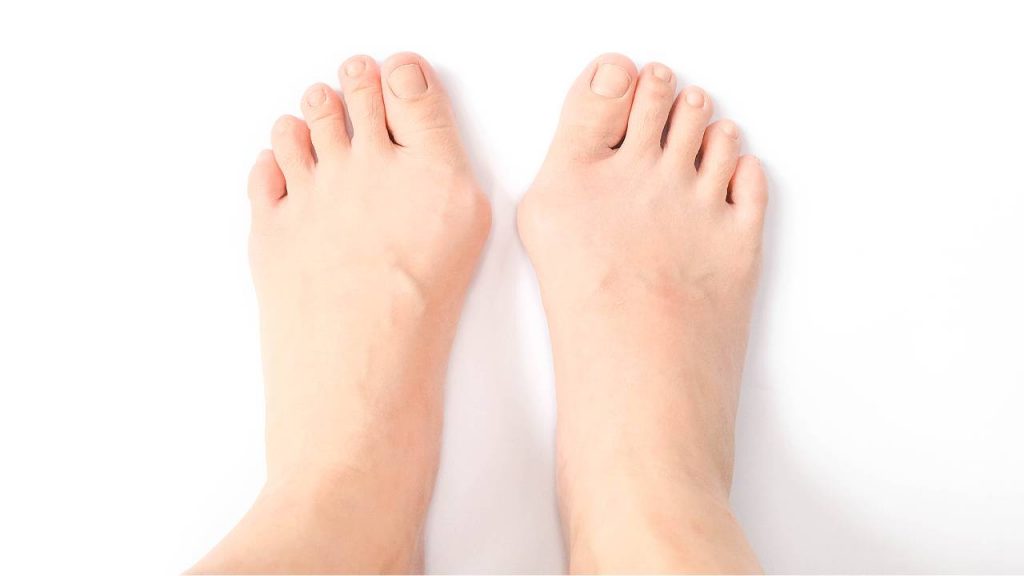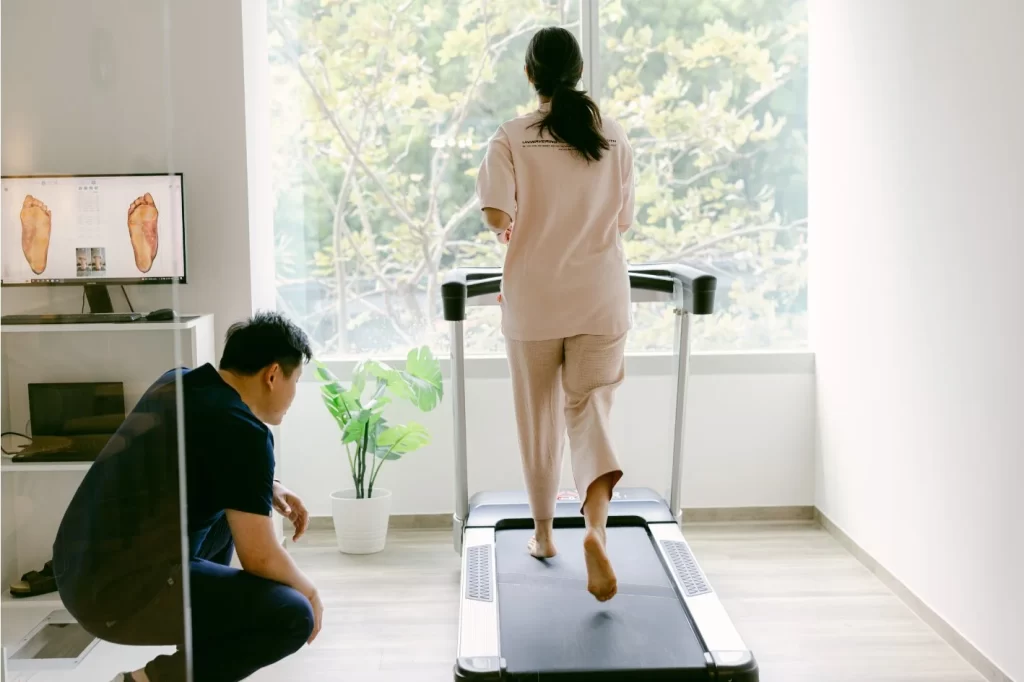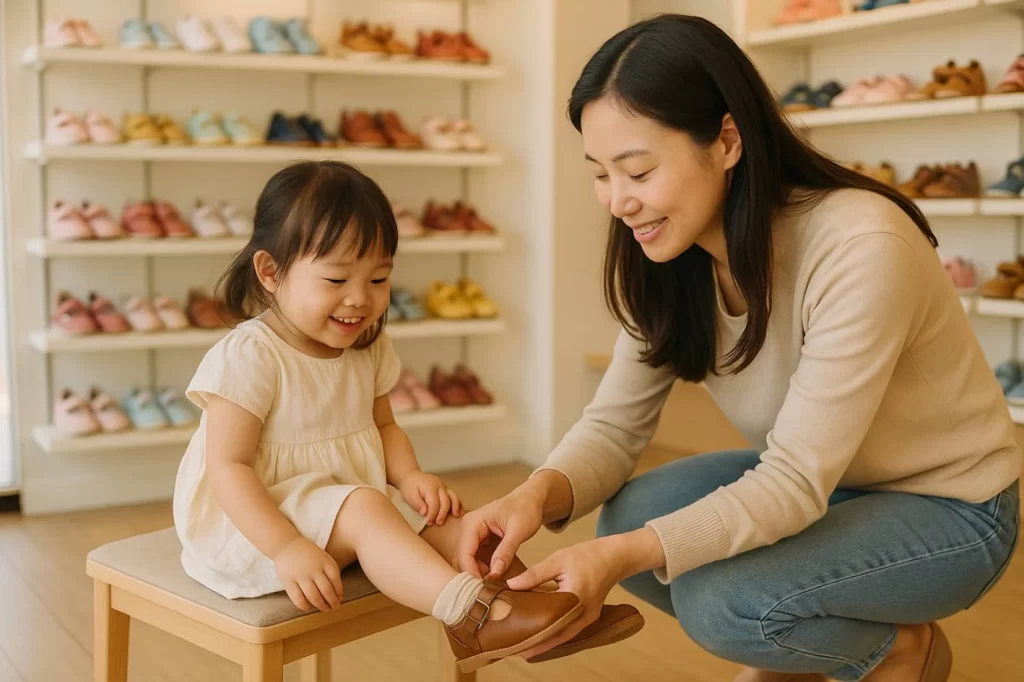What are Juvenile Bunions?
Juvenile bunions, or juvenile hallux abductovalgus, are a type of foot deformity that affects the big toe joint of children or teenagers under the age of 18 years, where the big toe curves towards the lesser toes. The result of the deviation is a bony protrusion over the inner side of the big toe joint. The appearance of a juvenile bunion is similar to an adult bunion, with the only difference being the age of onset.
Causes of Juvenile Bunions
Bunions have always been thought to be a hereditary condition. However, individuals affected by bunions were not born with this deformity but developed it as they grow. Therefore, what was inherited are the factors that cause bunions to develop over time.
Causes of juvenile bunions include:
- Hypermobile foot joints
- Flat feet (pes planus)
- Structural malalignment of the foot and lower limb
- Inappropriate footwear (e.g pointed-toe shoes, heels) is not a direct cause, but it worsens the condition
Bunions can develop in either one foot or both feet, depending on whether the same risk factors are present in both feet. Children with underlying conditions such as scoliosis may have a leg length difference and cause bunions to develop on just one foot.

Need Help? See Our Podiatrist Today
Signs and Symptoms of Juvenile Bunions
Children with juvenile bunions are often symptom-free during the early stages of the condition. The most noticeable sign of juvenile bunions is the “bony bump” developing on the inner side of the big toe joint. Symptoms often begin when the patient becomes more active or when the deformity progresses.
Signs and symptoms of juvenile bunions include:
- Big toe curving towards the outside of the foot
- “Bony bump” present on the big toe joint
- Redness and swelling
- Aching or burning pain
- Pain during or after high-impact activities
- Pain during or after wearing enclosed footwear
Juvenile Bunions Treatment in Singapore
Treatment options for juvenile bunions in Singapore include:
- Customised foot orthoses to address structural malalignment
- Appropriate choice of footwear
- Splints to relieve soft tissue tension and provide pain relief
- Activity modifications
- Mobility and strengthening exercises
Share this with someone you know




